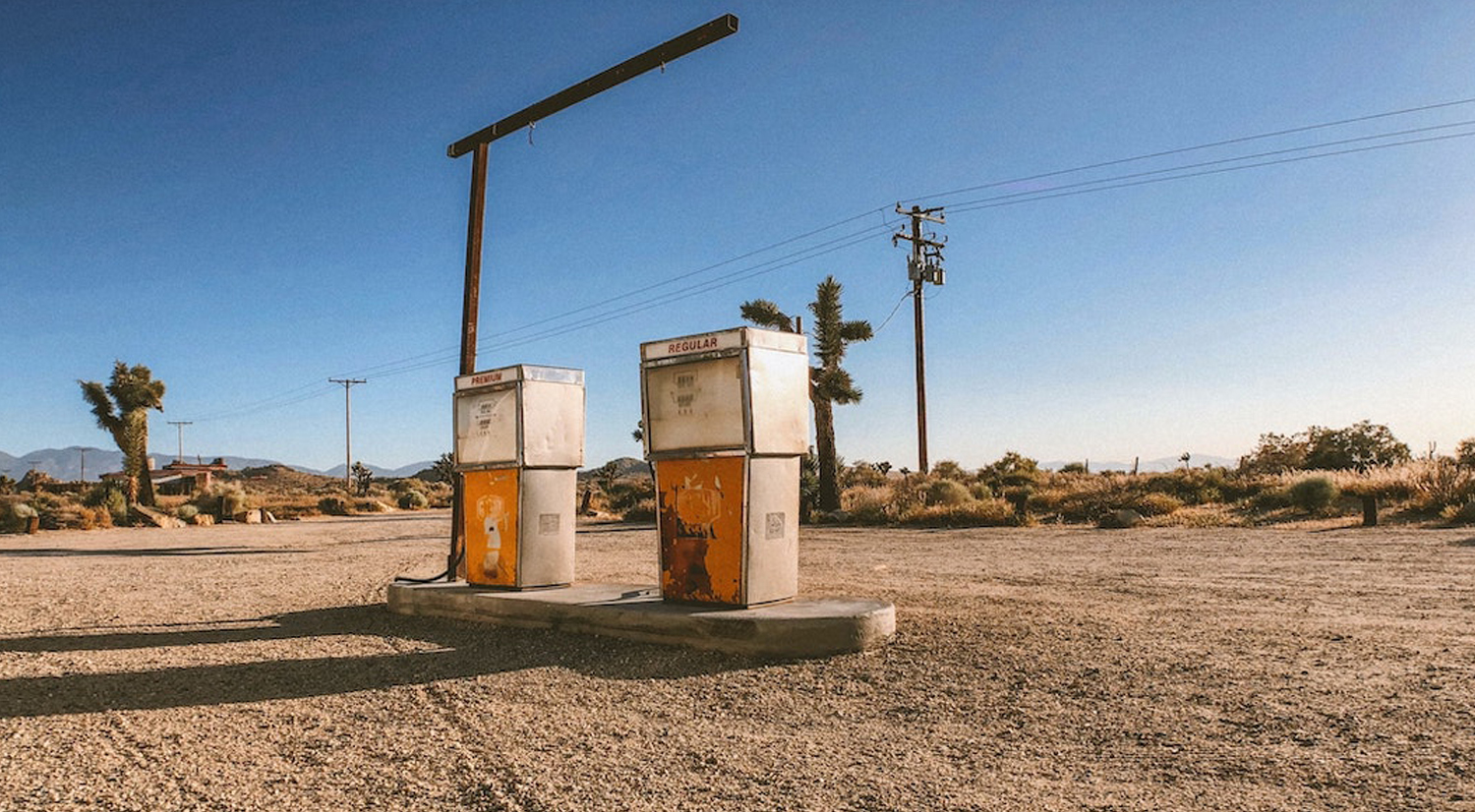Passion Meets Performance

Choose a Quality Gas Station for Your Vehicle
- Staff Writer @ Classic Motorsports
- 28-May-21
- View source article
Fuel Cleanliness Matters
Pump gasolines, Santner explains, fall into two major camps: Top Tier and the rest. What’s the difference? Top Tier fuels meet the detergent requirements set forth by several carmakers: GM, Ford, Toyota, BMW, Honda, Mercedes-Benz, Audi, and Stellantis, the brand formerly known as Fiat Chrysler Automobiles.
A number of national and regional brands meet the Top Tier standards–Sunoco is on that list, Santner notes, and you can learn more at toptiergas.com. If a brand carries the Top Tier designation, it’s contractually obligated to meet those detergent specs for all of its fuels, not just its high-octane products.
Is that Top Tier talk just some marketing bull? A study performed by AAA shows there’s a real difference. After controlled test cycles simulating about 4000 miles of real-world driving per fuel sample, AAA released its results: The Top Tier gasolines averaged 34.1mg of deposits per intake valve versus the non-Top Tier average of 660.6mg. (Yes, the non-Top Tier fuels left about 19 times more crud on the intake valves.)
Station Cleanliness Matters
No matter the brand, gasoline follows a common path from the refinery to the corner gas station that involves pipelines and tankers. But not all stations are equal.
Gas has a limited shelf life, so Santner notes that a busy station is more likely to have fresher fuel. Gasoline that sits can attract moisture while also going stale.
Another variable from station to station: the quality and cleanliness of the actual pumps. Those pumps contain filters designed to catch dirt and stop the flow of fuel should they detect water. A slow pump can be a sign of a filter issue. Ideally, Santner notes, a pump should deliver 10 gallons in about 2 minutes.
